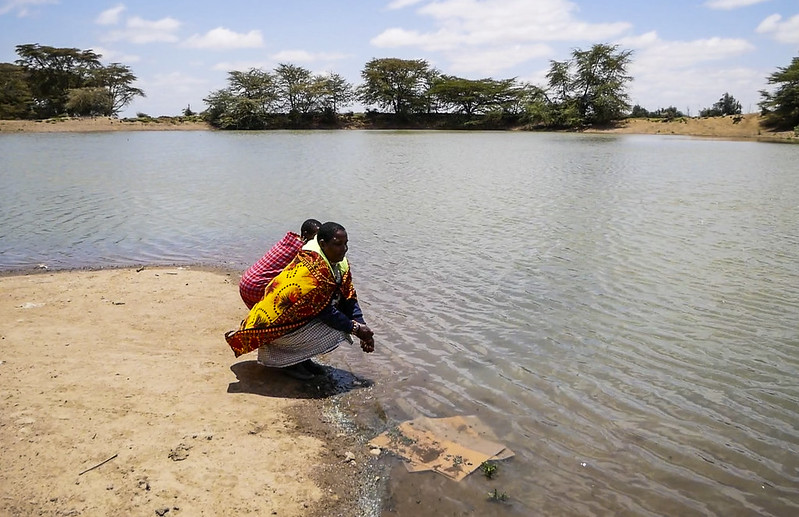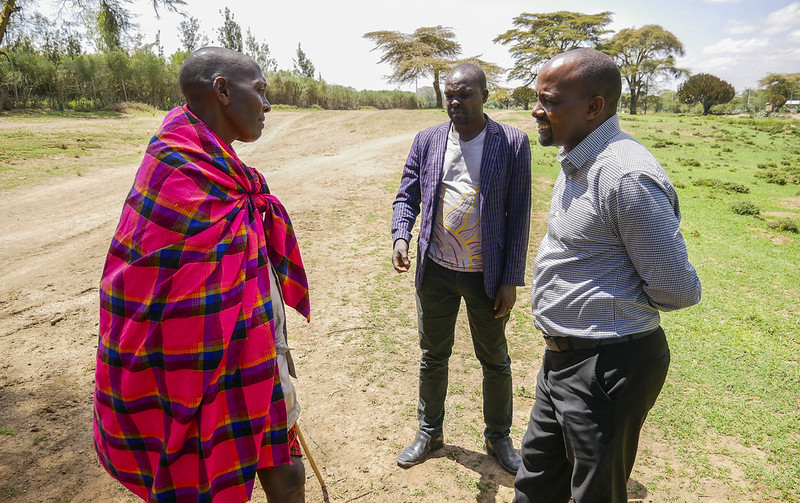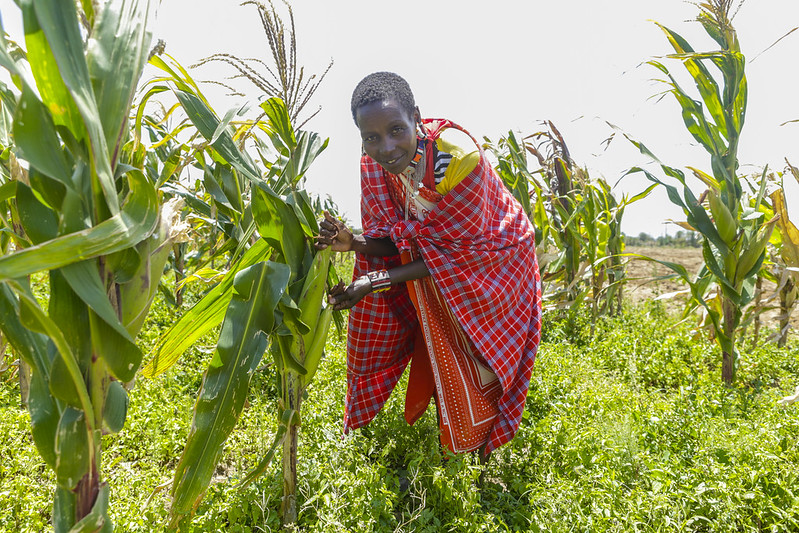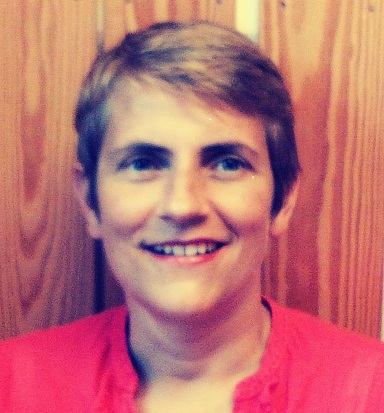“It’s always better to involve us,” says Kibarisho Leintoi, a 36-year-old Masai mother of eight children. “Even though I cannot read or write, I know what I need for my family to live: we need healthcare and water.” Water for the irrigation of her tomato farm and for her 5 goats and 5 cows. Without water, her income shrinks. She used to have the means to send two of her children to school; the others had to help with chores and guarding the cattle. But after a crop failed due to drought, one of those two children had to drop out when she couldn’t afford the fees.
In the past, a little spring of water would have sufficed for the community, but due to the increasing population and livestock pressure, that is no longer sufficient. The people of the Maji Moto community, near Narok county in Kenya, understood that a dam would help them collect the water so they could use it for irrigation and livestock.
The community selected a committee of seven people, among them Kibarisho Leintoi. The committee met with Indigenous Livelihood Enhancement Partners (ILEPA), an indigenous people’s organization that has been working to help establish communities identify and prioritize their needs. When the Maji Moto community told ILEPA that they needed a dam, ILEPA trained the community in proposal writing and helped them find a sponsor. The funds were then overseen by the community after receiving training from ILEPA on how to monitor and handle funds.

© UN-REDD Programme
ILEPA showcased that Indigenous Peoples (IPs) have the capacity to implement projects and take ownership, they just need the right training and capacity building. After working with communities for many years, ILEPA won the United Nations Development Programme‘s tender to develop stakeholder engagement and Free Prior and Informed Consent guidelines and toolkits. These will help donors and government to involve communities when setting up projects that affect their livelihoods. “It is important to know who to talk to in the community because in the Masai community, for example, you have a cultural leadership as well as an administrative leadership,” says James Twala, program officer on climate change for ILEPA. “The constitution spells out that in projects affecting their livelihoods, citizens should be involved.”
Indeed, in 2010 Kenya adopted a constitution which has had profound consequences on how natural resources, including forests, are managed. Governance over natural resources is shared between the national and county level governments. The constitution requires public participation in the management, protection and conservation of the forests.
Consequently various legislations such as the Forest Management and Conservation Act 2016 and the Climate Change Act 2016 target the implementation of climate change process and engagement of local communities and minorities in environmental protection and monitoring, as well as benefit sharing. “We are not making new laws but making sure that free prior informed consent (FPIC) is respected, “continues Twala. “Because when projects are community driven, they feel ownership and the project has a better chance for longevity since the community feels personally and collectively responsible for taking good care of it and maintaining it long after the donor has gone.”

© UN-REDD Programme
The guidelines developed by ILEPA include consultative meetings where people express their needs and the community is informed of the details of the project, including costs. Then the community decides if they give their consent or not, and if they do, community leaders have the option of giving consent verbally or signing the agreement. This consent articulates what exactly will happen, the timeline and the outcome. And lastly, the community and the implementing entity is responsible for monitoring the implementation of the project.
The UN-REDD Programme has been a pioneer of innovative policies that value and protect forests and their social and ecosystem services. Commitments to human rights-based approaches, social inclusion and stakeholder engagement are vital to its mandate and work.
Since 2017, UNDP is the delivery partner for FCPF and together with the Ministry of Environment and Forestry applied these guidelines in the development of the project document. During this process, stakeholders recommended a review of forest policy and legislation in Kenya to include the application of these guidelines as part of the REDD+ readiness process. This forest policy review has been initiated and is still ongoing to ensure that FPIC is part of Kenya’s forest policies. “It gives the opportunity for communities to participate in the decision-making process on projects regarding the forests their livelihoods depend on” says Judy Ndichu, Technical Coordinator for the Forest Carbon Partnership Facility (FCPF) in Kenya.

